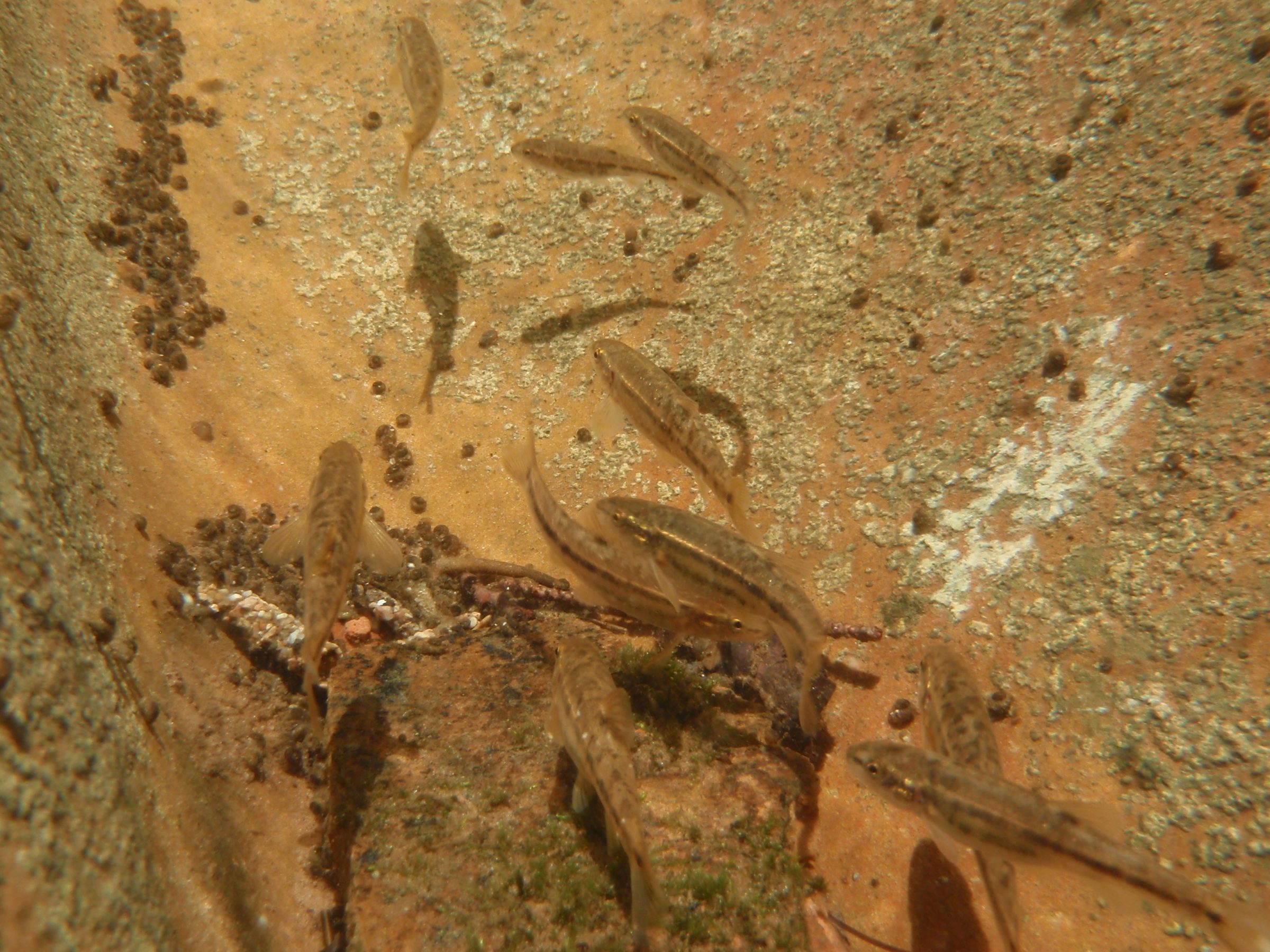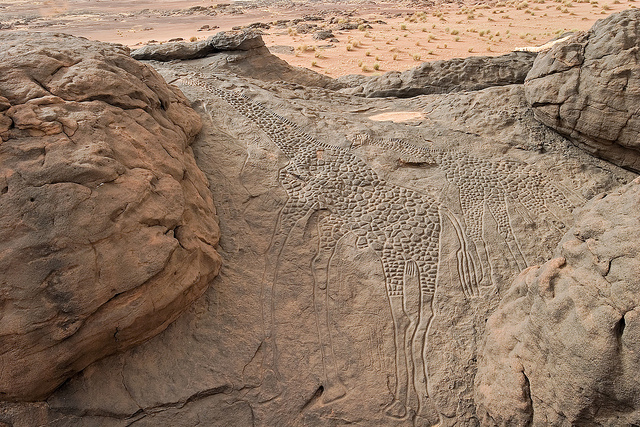One of the joys of going on vacation in today’s world is sharing our photos on social media. Whether we post them ourselves, or enjoy photos shared from someone else’s sun-soaked, lakeside vacation, now these pictures are being used for more than evoking slight pangs of envy. Scientists from the University of Washington and other institutions are using geotagged images to better understand why people choose to visit one body of water over another, how water health might play into that decision, and how much individuals might be willing to pay to keep their lakes clean.
Read more »UW raising funds to replace research vessel
The College of the Environment’s School of Oceanography and a network of partners are working to raise funds to replace the aging and soon-to-be decommissioned Clifford A. Barnes. The research vessel is nearly 50 years old, and has limited capabilities to help scientists and students really understand what’s going on in our local waters–like the Puget Sound, Salish Sea, Lake Washington, and the Columbia River.
Read more about replacing the Barnes »Top Canadian limnology award goes to Daniel Schindler
Daniel Schindler, a University of Washington fisheries ecologist who explores aquatic ecosystem dynamics, has been named the 2015 Frank Rigler Award recipient. The award is the highest honor given by the Society of Canadian Limnologists and recognizes major achievements in the field of limnology by Canadians or those working in Canada, the society says. Schindler, born in Ontario, holds dual U.S.
Read more at UW Today »Dwindling waterways challenge desert fish in warming world
One of Arizona’s largest watersheds – home to many native species of fish already threatened by extinction – is providing a grim snapshot of what could happen to watersheds and fish in arid areas around the world as climate warming occurs. New research by scientists in the College of the Environment and Ohio State University suggests that by 2050, one-fifth more streams will dry up along the Verde River Basin in Arizona each season, and at least a quarter more days with no water flow — a problem when fish are trying to reach spawning habitats and refuges where water still remains.
Read more at UW Today »Demystifying lush landscapes of the ancient African Sahara
When thinking of rich green landscapes—ones where an abundance of rain keeps everything growing and vibrant, supporting water-loving wildlife like crocodiles and hippopotamus—the Sahara is hardly the place that comes to mind. Yet 6000 years ago, this would have appropriately described what has become the dry, thirsty landscape of the Sahara we know today. The desert’s previous state of relative lushness has long been known by scientists and others.
Read more »





